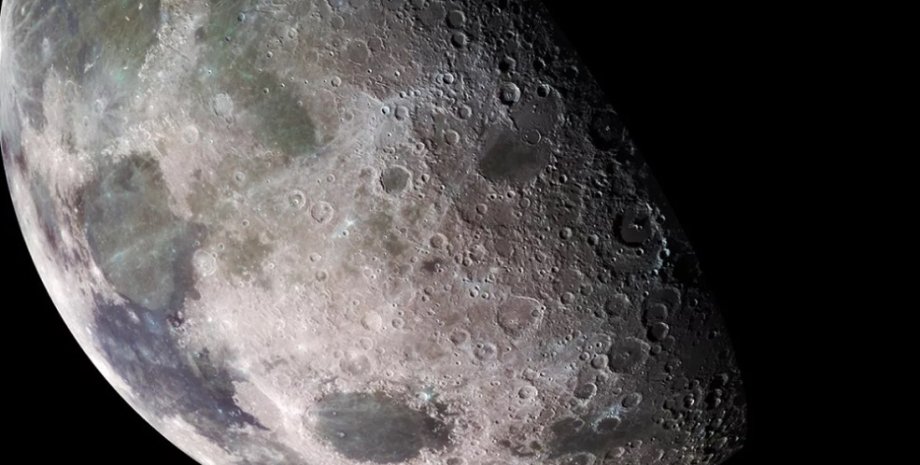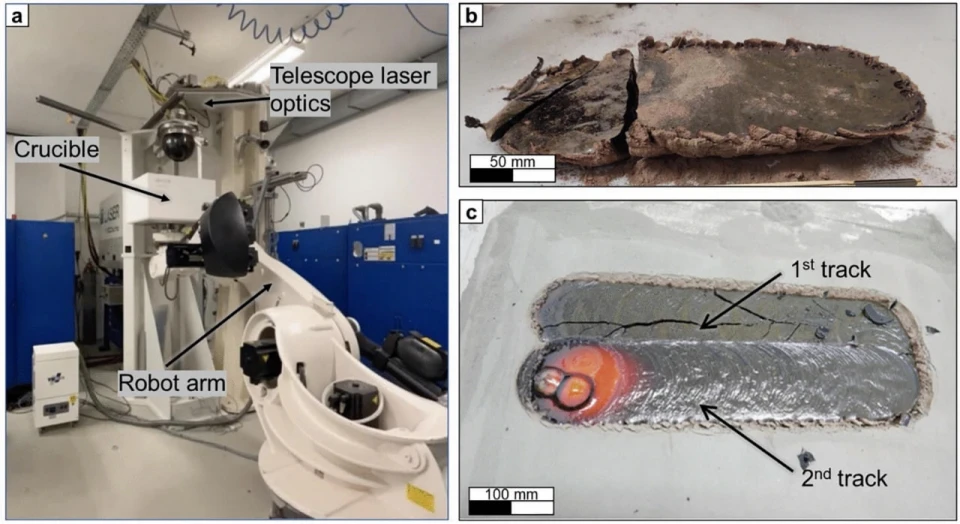
One of the biggest challenges for space agencies planning to establish bases on the Moon is dust. After all, it damages spacesuits, clogs mechanisms, interferes with the operation of scientific instruments, and makes it difficult to move.
This is stated in a study published in the journal Scientific Reports.
Scientists have discovered a possible solution to this problem. They demonstrated that lunar dust can be melted with a large lens to form stable roads and landing sites.
“You might think: streets on the Moon, who needs that?” But in fact, it’s a kind of depressing demand even in the early stages. It’s a very loose material, it has no atmosphere, gravity is weak, so dust gets everywhere. It pollutes not only your equipment but also other countries. Nobody would be happy if they were covered in dust from another missile,” said Professor Jens Gunster of the Federal Institute for Materials Research and Testing in Berlin and co-author of the report on a possible solution.

Dust has caused damage to previous missions, including the Surveyor 3 spacecraft, which was damaged by dust during the Apollo 12 landing. Overcoming this challenge is an important task for NASA, which seeks to establish a permanent lunar outpost. The cost of transporting construction materials to the Moon is high, so inventive solutions are needed.
The scientists experimented with the fine-grained material EAC-1A, which was developed by the European Space Agency as an analog of lunar soil. A laser beam with a diameter of 50 mm was used to heat the dust to about 1°C and melt it. They formed zigzag triangles about 600 cm in diameter that can be combined to create hard surfaces on large areas of lunar soil. This can serve as the basis for future roads and landing areas.
Each small geometric structure takes about an hour to make, so it will take about 10 days to create a 100×10 meter planting area.
“Sometimes it takes forever to build a new junction. When you accumulate dust on a lens, sooner or later it doesn’t function anymore,” said Gunster, adding that a vibrating lens can help mitigate this problem.
To apply this method on the Moon, the researchers determined that they needed to deliver a lens of about 2.37 square meters to the Moon, which would serve as a concentrator of sunlight instead of a laser. The lens can be made of polymer foil, which can be rolled up for easy transportation. However, dust will still pose a problem for the lens itself.

